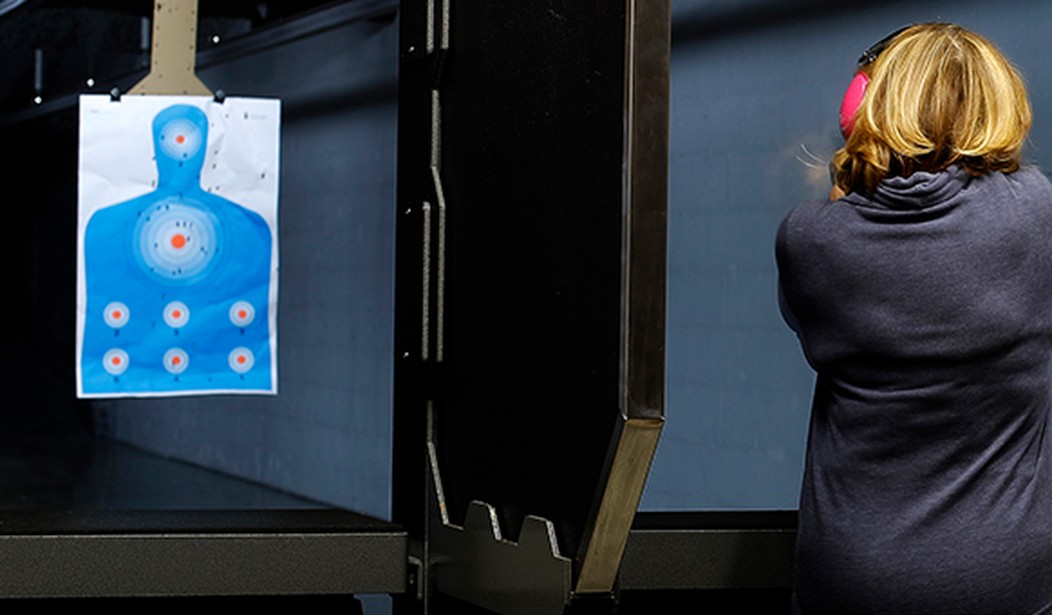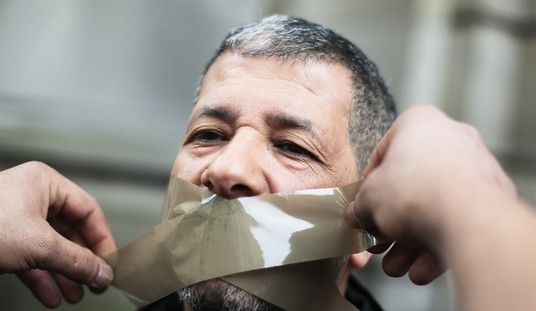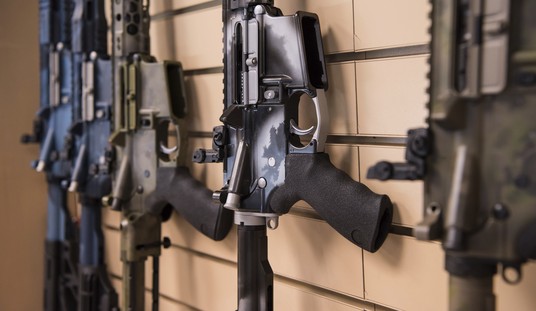There are a lot of bad takes about the right to keep and bear arms floating around the Interwebs in advance of next week’s Supreme Court oral arguments in the New York right to carry case, and it’s going to get a lot worse before we get to next Wednesday. I doubt I’ll be able to keep up with and respond to every piece of misinformation or anti-gun propaganda between now and then, but I’m going to do my best to highlight particularly egregious claims like the one made by the website FiveThirtyEight; that the Second Amendment didn’t protect your right to own a gun until the Supreme Court’s 2008 decision striking down Washington, D.C.’s ban on handguns.
A little over a decade ago, the Supreme Court redefined the Second Amendment. Before then, in the eyes of the federal courts, the amendment protected the rights of state militias to bear arms — not the rights of individual Americans. That all changed in 2008 with the stroke of a pen. And this November, the Supreme Court has the chance to expand the meaning of the Second Amendment yet again, potentially allowing more concealed weapons onto the streets of major cities like Los Angeles and New York.
That’s simply not true. In the accompanying video, FiveThirtyEight senior legal reporter Amelia Thomson-DeVeaux claims that for more than 200 years there “wasn’t much dispute over the Second Amendment,” which is true enough. But she goes on to claim that was because the courts had determined that the Second Amendment protected the collective right of state militias to keep and bear arms, not “the People” themselves.
The problem for Thomson-DeVeaux is that history doesn’t back her up. Take a look at the opinion in one of the most infamous cases in Supreme Court history; the Dred Scott case. In his opinion declaring that black Americans could not ever be American citizens, Chief Justice Roger Taney said that to rule otherwise would “give to persons of the negro race … the full liberty of speech …; to hold public meetings upon political affairs, and to keep and carry arms wherever they went.”
That doesn’t sound like the court system viewed the Second Amendment as a collective right of militias. Instead, the Supreme Court viewed the Second Amendment as protecting an individual right to keep and bear arms. The problem was that the same Court didn’t view Black Americans as part of “the People” whose right to keep and bear arms should not be infringed.
After the Civil War, as the debate over the Fourteenth Amendment was underway in Congress, the right of Black Americans to keep and bear arms was also a huge part of the discussion, as Second Amendment attorney and scholar Stephen Halbrook has documented.
Deprivations of freed slaves’ Second Amendment rights featured in debates over bills leading to enactment of the Freedmen’s Bureau Act and the Civil Rights Act of 1866. Rep. Thomas Eliot, sponsor of the former, explained that the bill would render void laws like that of Opelousas, Louisiana, providing that no freedman “shall be allowed to carry fire-arms” without permission of his employer and approval by the board of police. He noted that in Kentucky “[t]he civil law prohibits the colored man from bearing arms . . . .”
Accordingly, the Freedmen’s Bureau bill guaranteed the right of freedmen and all other persons “to have full and equal benefit of all laws and proceedings for the security of person and estate, including the constitutional right to bear arms.” Senator Garrett Davis said that the Founding Fathers “were for every man bearing his arms about him and keeping them in his house, his castle, for his own defense.”
To be sure, there was also discussion about the need for newly-enfranchised Black Americans to be able to form their own volunteer militias to provide for collective self-defense for their communities, but that right of collective self-defense depended on individuals being able to exercise their right to keep and bear arms.
The courts of the late 19th century infamously turned away from the intent of the Fourteenth Amendment with decisions like Cruickshank and Plessy v. Ferguson, but that doesn’t mean that the Supreme Court itself ever determined that the right to keep and bear arms existed only in a collective fashion.
In 1939, the Court heard a case called U.S. v. Miller, in which the justices were asked to decide whether or not the possession of a sawed-off shotgun was protected by the Second Amendment. As FiveThirtyEight “explains” the case, the Court “told two bank robbers that, no, they didn’t have a Second Amendment right to transport a sawed-off shotgun across state lines because they weren’t part of a well-regulated militia.” And once again, FiveThirtyEight completely misrepresents the Court’s opinion.
The Court had nothing to say about belonging to a militia before you could keep or bear arms. Instead, the justices declared that a sawed-off shotgun wasn’t protected by the Second Amendment because, in the Court’s view, that arm did not have “some reasonable relationship to the preservation or efficiency of a well regulated militia”. Because of that, Justice James McReynolds wrote, “we cannot say that the Second Amendment guarantees the right to keep and bear such an instrument.”
Now, there were a lot of flaws with the Miller case, including the fact that Miller’s attorneys never actually presented their side of the case before the Court. Even so, the Supreme Court never declared in Miller that Americans had to be in a militia in order to exercise their Second Amendment rights, as Justice Antonin Scalia made clear in the Heller decision in 2008.
None of the Court’s precedents forecloses the Court’s interpretation. Neither United States v. Cruikshank, 92 U. S. 542, 553, nor Presser v. Illinois, 116 U. S. 252, 264–265, refutes the individual rights interpretation.
United States v. Miller, 307 U. S. 174, does not limit the right to keep and bear arms to militia purposes, but rather limits the type of weapon to which the right applies to those used by the militia, i.e., those in common use for lawful purposes.
I don’t believe that this is just a case of sloppy reporting on the part of FiveThirtyEight. Amelia Thomson-DeVeaux could have easily spoken to Second Amendment scholars like Stephen Halbrook, Nicholas Johnson, Robert Cottrell, or David Kopel for her piece, and they could have provided a wealth of material documenting that yes, in fact, the right of the people to keep and bear arms has been treated as an individual right by the courts and the public throughout our nation’s history. Instead, FiveThirtyEight decided to present and promote a twisted view of the Second Amendment found only in the hearts and minds of gun control activists instead of providing their audience with what might have come as an uncomfortable truth.









Join the conversation as a VIP Member